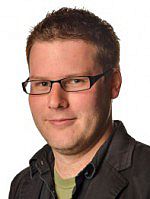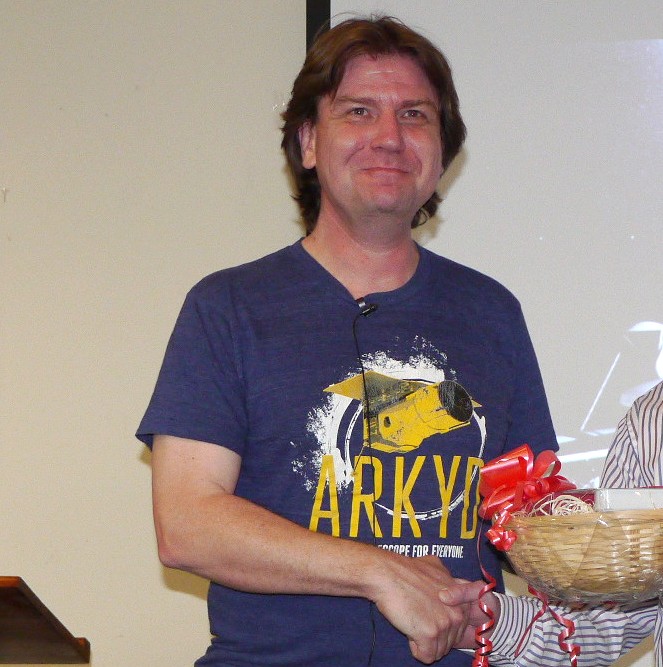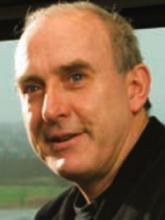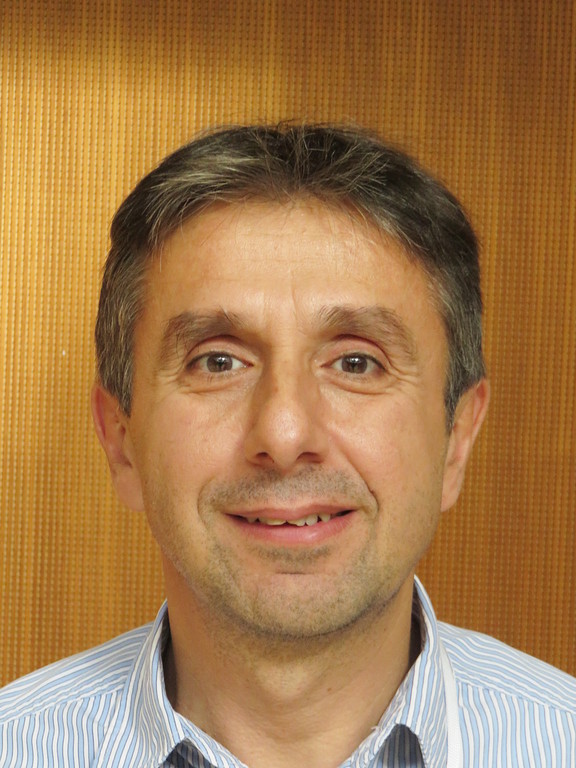Category Archives: Uncategorized
Lecture – 2nd March – Nick Howes – “The Largest Telescope in the World”
Lecture – 17th Feb – Prof Andy Shearer (NUIG) – “What we don’t know (Dark Energy and Dark Matter)”
Sat 13th Feb – An Astronomical Day Out at Dunsink Observatory – with Final Programme!
Situated on the North side of Dublin, Dunsink Observatory has a wonderful history of astronomical exploration going back centuries. These days it is run by the Dublin Institute for Advanced Studies, and they have teamed up with amateur astronomers from the IAA, IAS and IFAS to bring you a day of astronomy talks, tours and entertainment, all for free!
Dunsink Observatory is located here,,,,
Additional Directions here… or see bottom of article
For those wishing to visit the "Images of Starlight" exhibition beforehand (see below), the National Botanic Gardens is here…..
This major event is being arranged jointly by the IAA and other Irish amateur astronomy groups at Dunsink Observatory, Castleknock, Dublin.
OUTLINE PROGRAMME:
13.00 Gates/Doors open: Solar observing if clear.
14.00 Welcome & opening remarks
14.15 Talk: John Flannery (IAS/IFAS) HISTORY of Irish Astronomy culminating in DUNSINK OBSERVATORY:
15.00 – 15.45: Talk: Emmet Mordaunt, (MAC): "Galileo: Hero or Heretic"
IAA Warm-up Talk 3rd Feb 2016
Lecture – 3rd Feb – Prof Mihalis Mathioudakis: “What we’ll learn from the biggest solar telescope in the world”
The Sun is the most important astronomical object for humankind with solar activity driving space weather and having profound effects on climate and communications.
The Sun also offers an exceptional physics laboratory where we can study in detail the interactions between the plasma and the magnetic field over an enormous range of spatial and temporal scales. It provides a working example where the effects and phenomena that arise from this complex interplay are visible and can be studied continuously at unprecedented detail. Although these phenomena are likely to be much more pronounced in other cosmic objects, the Sun provides a vantage reference point to study the effects of rotation and magnetism when we can only catch glimpses of similar phenomena in other astrophysical sources.
The Daniel K Inoue Solar Telescope, under construction by the US National Solar Observatory, with first light expected in 2019, will be a revolutionary instrument for ground-based solar physics. It will operate in the optical and near-infrared and be the pre-eminent ground-based solar telescope for the foreseeable future. Key advances in its instrumentation over that currently available include ultra-high spatial (25 km on the solar surface) and temporal (millisec) resolution, high resolution imaging spectroscopy and coronal magnetometry.
I will start with a brief introduction to the field followed by some examples of our recent research. I will then provide a introduction to DKIST, highlighting its key instruments and the QUB-led UK contribution to this facility.
Doors open about 7.15pm. There is free parking available on the campus in the evenings. Admission Free, including light refreshments. We are located in the Bell Theatre, Department of Mathematics and Physics, QUB – details here……
See All Five Naked Eye Planets at Once
Lecture Weds 20th January, 7.30 p.m. – Dr Heather Cegla (QUB) – “Discovering Alien Worlds”
This talk, by Dr Heather Cegla, of the Astrophysics Research Centre at QUB, will give a brief overview of the first ever confirmation of planets outside our solar system, the two main exoplanet detection methods, some stumbling blocks on the pathway to confirming an extra-solar Earth-analogue (which is her area of expertise), and discuss some prospects for the future and the efforts we’re taking to discover habitable alien worlds.
Wonders of the Night Sky – Fri 15th Jan – St. Patrick’s Academy, Dungannon
Features will include:-
Guided starshows in a mobile planetarium (courtesy of Armagh Planetarium),
See the school observatory and observe the night sky through the telescope
Talk to amateur astronomers
Telescope workshops
Free Admission, All Welcome






